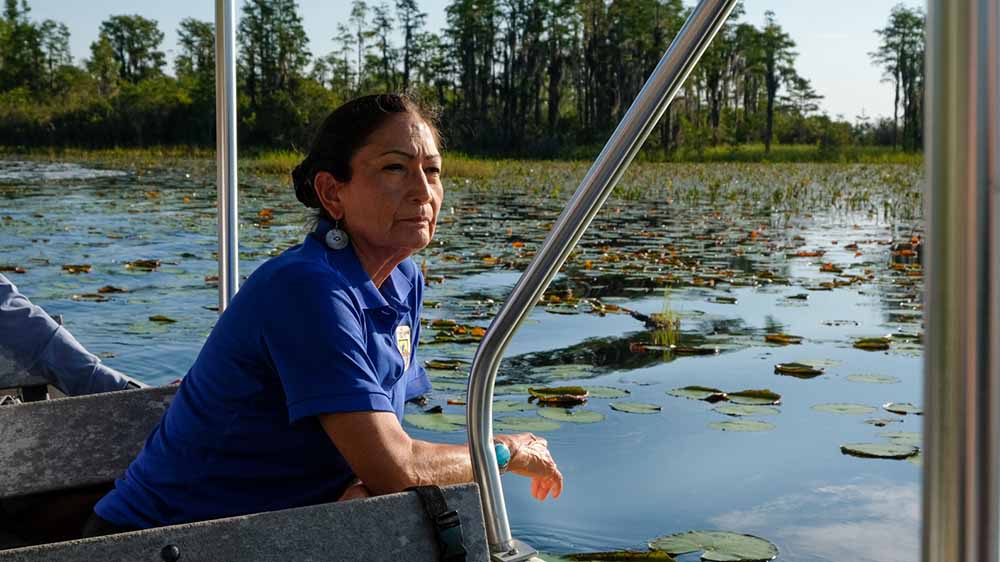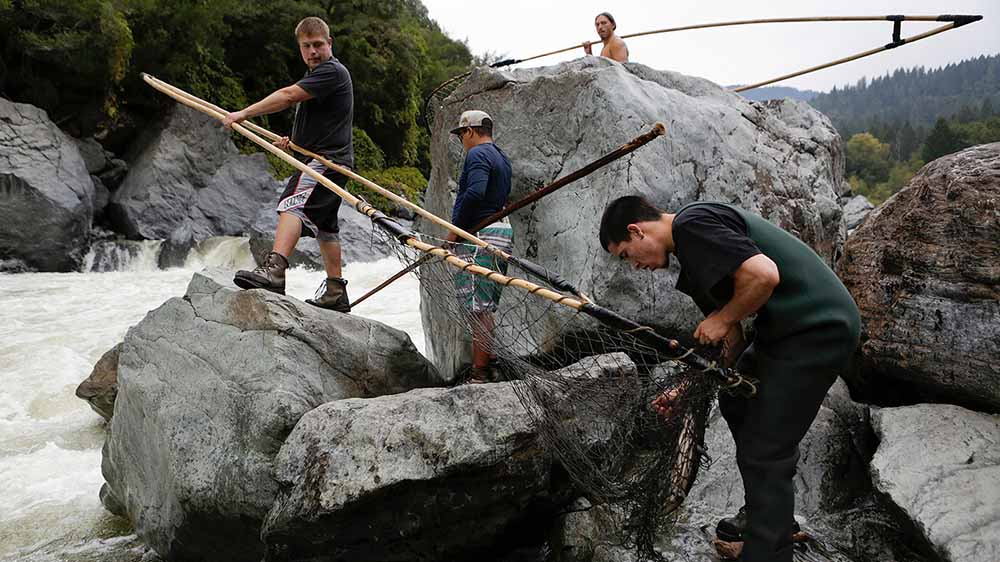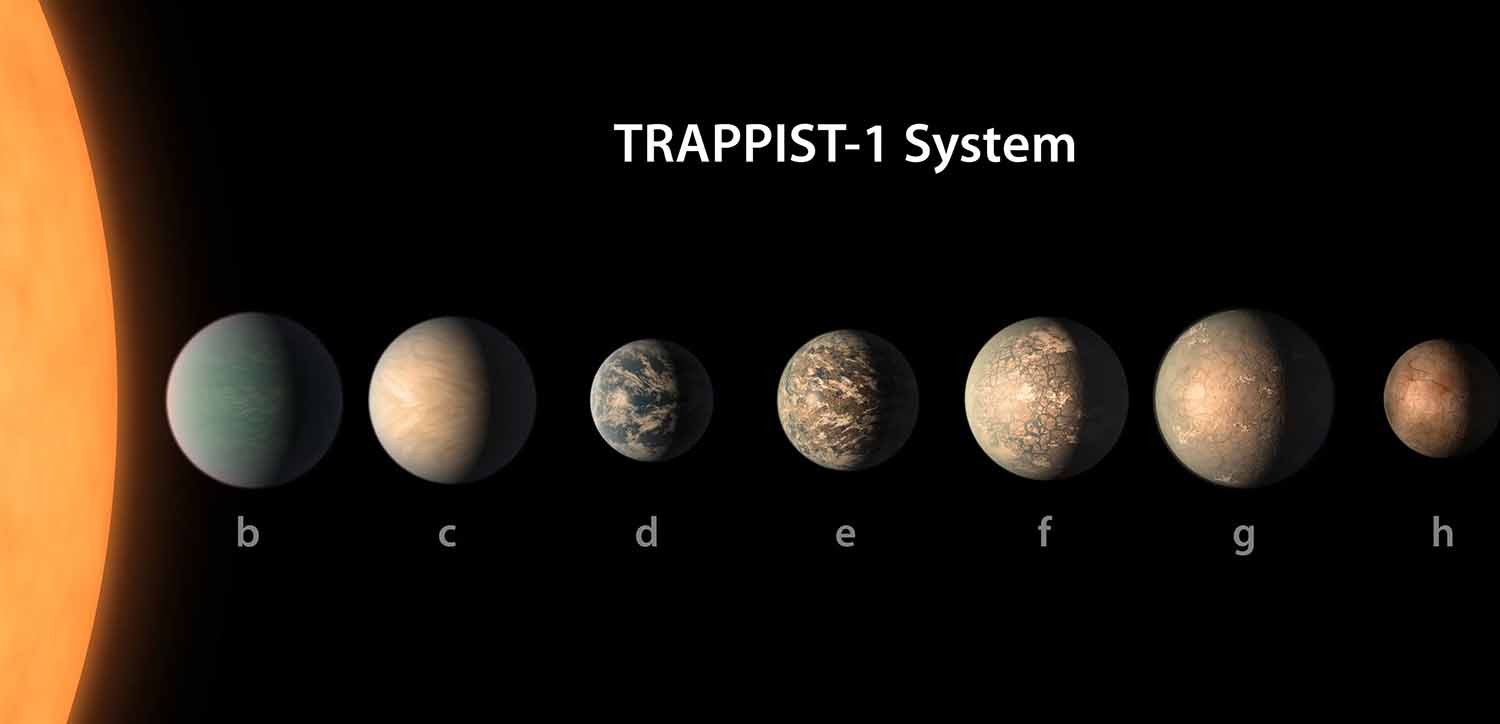How Many Planets Are There?
The U.S. space agency NASA recently announced that 6,000 planets have been found outside our solar system.
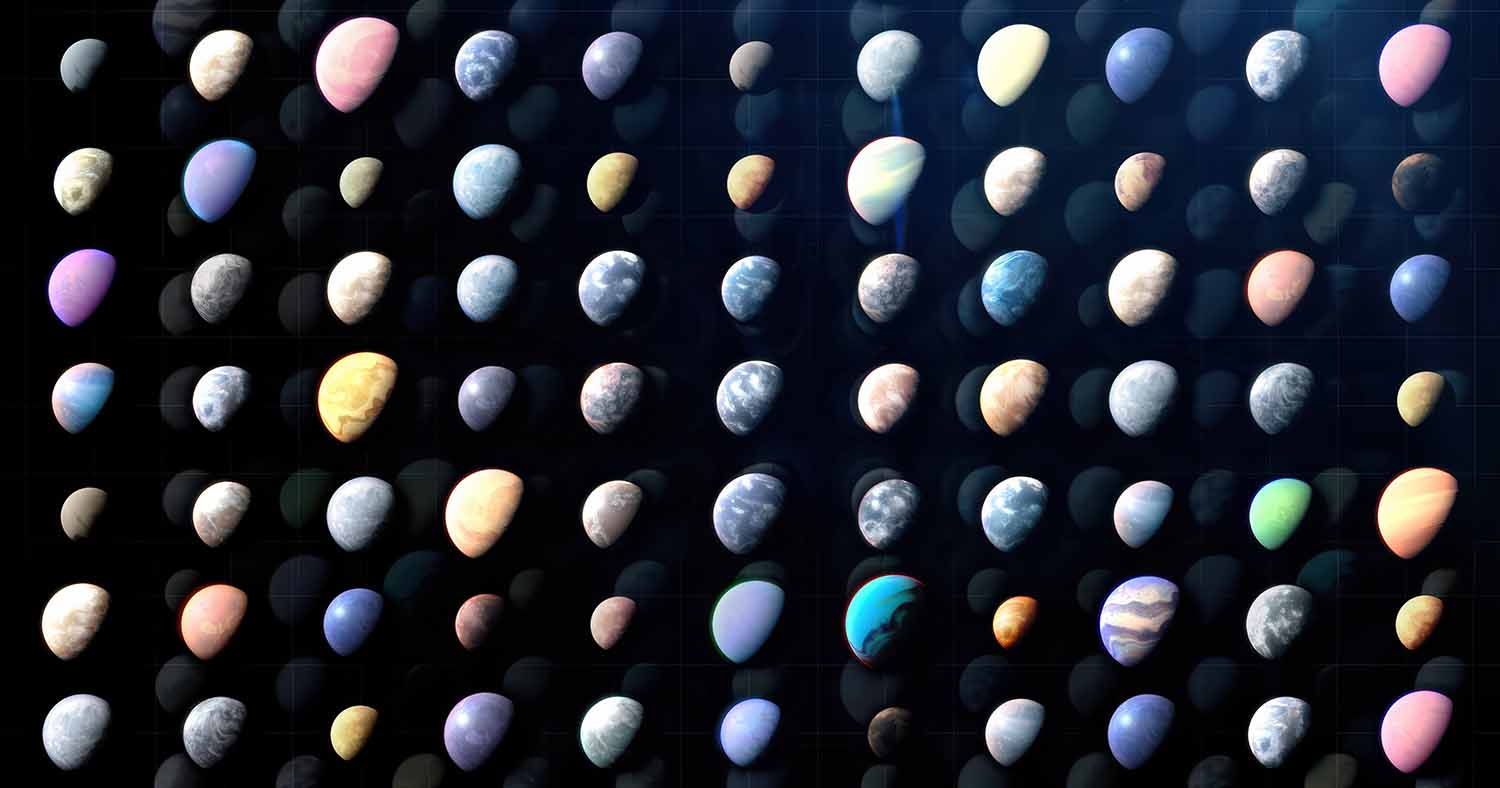
NASA/Goddard Space Flight Center
An artist created this image of some of the exoplanets that have been discovered so far.
Eight planets orbit the Sun, but how many planets are orbiting other stars? The U.S. space agency NASA recently announced that 6,000 planets have been identified outside our solar system, with many more discoveries on the horizon.
Scientists first identified an exoplanet (a planet outside our solar system) in 1995—just 30 years ago. Since then, improved technology has enabled them to find planets faster than ever. In fact, just three years ago, the total number of confirmed exoplanets was 5,000. Today, scientists are studying 8,000 more space objects that they believe to be exoplanets. And the hunt for planets is far from over. NASA says it’s likely there are billions of planets in our galaxy alone!
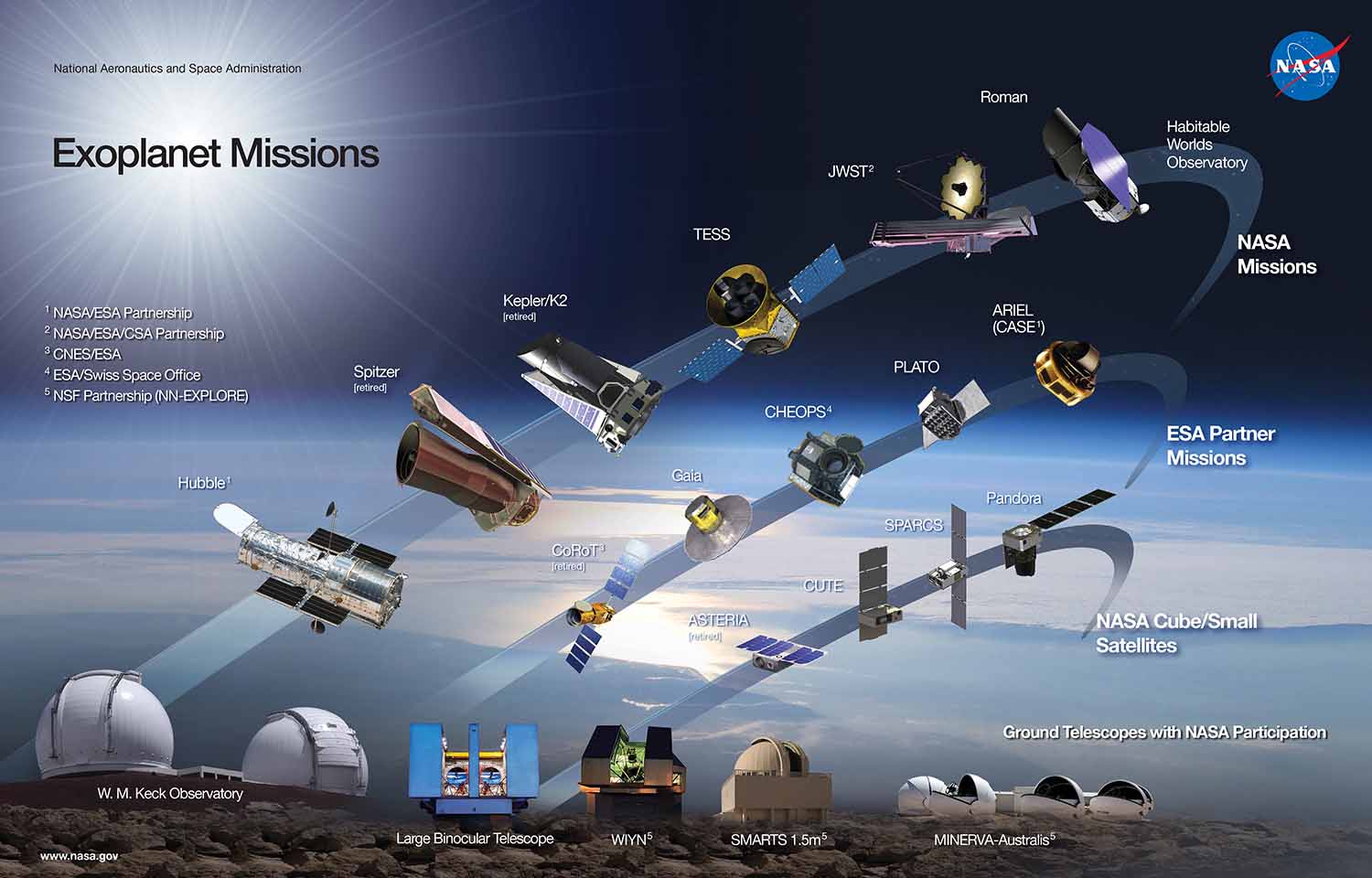
NASA/JPL-Caltech
This image shows some of the telescopes that have been used to find exoplanets. The telescopes are operated by different organizations, including NASA, the European Space Agency, and the Canadian Space Agency.
But scientists are already learning a lot about planets by studying the ones they know about. For example, our own solar system includes four rocky planets, like Earth, and four gas planets, like Jupiter. But overall, it looks like there are more rocky planets than gas planets in the galaxy.
By studying planets and their traits, scientists may be able to determine whether there’s life on other planets. Planets that are similar to Earth are most likely to be able to support living things.
“Each of the different types of planets we discover gives us information about the conditions under which planets can form,” said Dawn Gelino, head of NASA’s Exoplanet Exploration Program, in a statement. Gelino said NASA wants to find out “how common planets like Earth might be and where we should be looking for them. If we want to find out if we’re alone in the universe, all of this knowledge is essential.”



